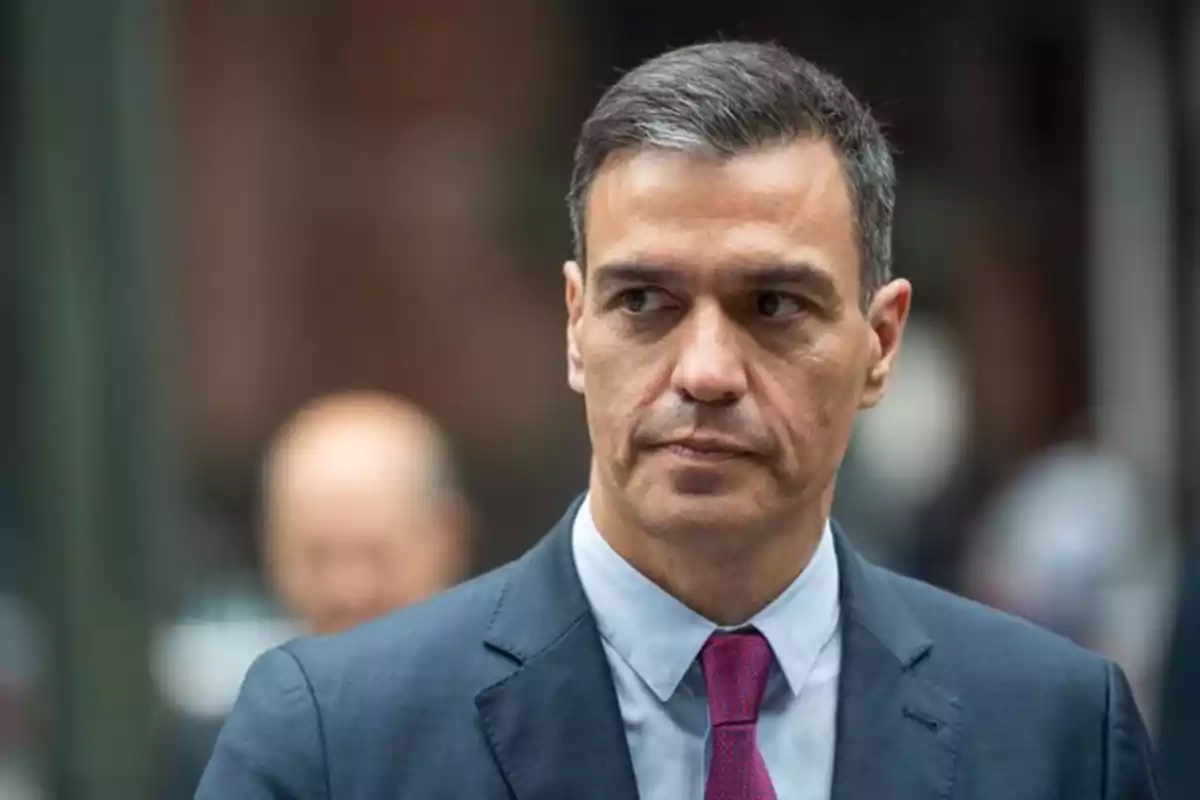
Moncloa will distribute advertising based on inclusivity and non-discrimination criteria
Sánchez finalizes his law to benefit his allied media and ensure EDATV is excluded from institutional advertising
The Executive advances in the reform of the institutional advertising law within its democratic regeneration plan.
According to sources familiar with the process, the new text is in its final phase and is expected to be presented before the end of February.
The goal is for the changes to come into effect this year, in which a historic amount of 395 million euros (approximately 433 million dollars) has been allocated to media outlets.
This reform comes in a context of tension between the Government and the critical press. The modifications in the law aim to impose qualitative criteria in the distribution of institutional advertising, which could benefit media outlets aligned with the Executive.
Among the new factors to be evaluated are the number of subscribers, the bounce rate of readers, and the origin of web traffic.
Traffic coming from social networks or external platforms will be penalized, which will mainly affect digital media.
A new distribution of institutional advertising
Various sources indicate that this reform has a clear purpose: to favor media aligned with the Government and limit the funding of those that publish uncomfortable information.
To this end, three main channels for the distribution of public money have been designed. A fund of 124.5 million euros (approximately 136.5 million dollars) for the digitization of media. Another of 161.2 million euros (approximately 176.8 million dollars) in institutional advertising campaigns and 109.6 million euros (approximately 120.3 million dollars) in advertising investment by state companies such as Renfe, Loterías, and Correos.
The digitization aids will be linked to the European Next Generation funds. Of the 124.5 million euros (approximately 136.5 million dollars) planned, more than half will be allocated exclusively to print press and large traditional editorial groups.

The Government's argument is that these media have been harmed by large digital platforms and require support for their modernization.
However, native digital media are excluded, many of which have revealed corruption cases affecting Pedro Sánchez's environment.
More restrictive criteria and centralization of distribution
The Government has also designed a system to allocate the 161.2 million euros (approximately 176.8 million dollars) of institutional advertising and the 109.6 million euros (approximately 120.3 million dollars) of commercial campaigns by public companies.
According to the regeneration plan presented in 2023, the reform will ensure transparency and proportionality in the distribution of funds. However, industry experts fear it will be used to benefit certain media at the expense of others.
Among the most significant changes, the creation of a media agency directly controlled by the Presidency is anticipated. Until now, institutional advertising was managed by the ministries through the Centralized Procurement Board of the Ministry of Finance.
With the new agency, Moncloa will have absolute control over the allocation of advertising resources, allowing the distribution to be adjusted to subjective criteria.
The new parameters will focus on the quality of traffic and not just the number of visits. The number of subscribers will be prioritized. On the other hand, traffic from social networks will be penalized, and media with more visits on their homepage will be favored.
Additionally, sustainability standards such as ESG (Environmental, Social, and Governance) will be incorporated.

A change of rules that favors media aligned with the Executive
The media sector warns that this reform represents a radical change in the distribution of institutional advertising. Until now, the main criterion was the total audience of each medium to ensure that campaigns reached the largest number of citizens.
With the new rules, the door is opened to more arbitrary decisions, which may exclude independent media.
Prisa, a media group historically close to the Government, has insisted on the quality of its journalism and its subscriber-based model, with more than 400,000 subscribers in El País.
This change in the criteria for the distribution of institutional advertising could benefit it, at a time when it has lost leadership in digital audience. Other outlets aligned with the Government, such as eldiario.es or Infolibre, also base their model on partners and subscribers, which positions them favorably.
The reform of institutional advertising is presented as a measure to improve transparency and fairness in the distribution of public funds.
However, its design and the centralization of control in Moncloa raise suspicions about its true purpose.
This regulation may redefine the media landscape in Spain, consolidating the Government's allies and making it difficult for media critical of its management to survive.
More posts: